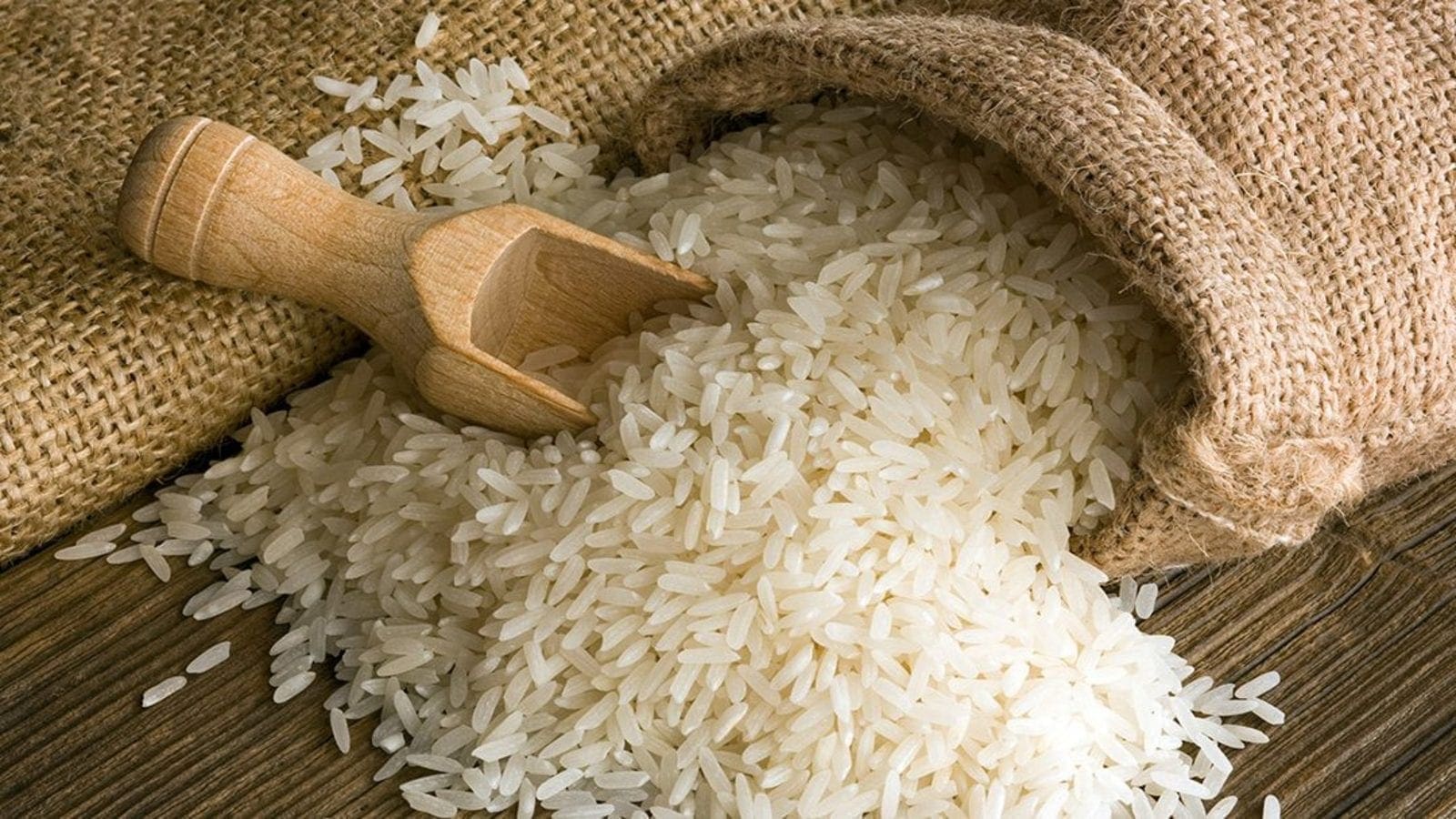TANZANIA – Tanzania Bureau of Standards (TBS) has embarked on disseminating information pertaining to the organization, better production principles, standards and recommended operation procedures, to the rice stakeholders in the country.
To this end, the regulatory body has urged entrepreneurs dealing with processing, packaging and selling of rice to take into account standards, quality and safety of their products as way to increase productivity.
The call was made by the TBS Training and Research Manager Hamisi Mwanasala while training entrepreneurs from Mwanza Region.
The entrepreneurs were also guided on to register their food premises in a bid to be in compliance with the law.
“The ongoing training are supporting and complimenting government efforts and quest to build strong and inclusive industrial economy,” said Mr Mwanasala.
Tanzania’s rice production to rise to 2.4 million MT
According to a GAIN report prepared by USDA, Tanzania’s production of milled rice in the MY 2021/22 is projected to increase by 13.6 percent to 2.4 million MT.
The rise is attributed to favourable weather conditions and an increase in harvested area, making the country the biggest rice producer in the region.
Tanzania targets to double area under rice cultivation from 1.1 to 2.2 million hectares from 2018 to 2030, double on-farm rice productivity from two t/ha to four t/ha by 2030, and reduce post-harvest loss from 30 to 10 percent by 2030
USDA
The rice sub-sector has long been identified by the country as a strategic priority for agricultural development due to its potential for improving food security and income for rural households.
In recent years, Tanzania has prioritized rice cultivation for local consumption and export to neighboring countries.
To accomplish these goals, the Ministry of Agriculture offers technical and training support from non-government organizations.
It is also building irrigation schemes for rice production and encourages efficient use of fertilizers via its 10-year National Rice Development Strategy Phase II (NRDS-II).
The NRDS-II purpose is to double the area under rice cultivation from 1.1 to 2.2 million hectares from 2018 to 2030, double on-farm rice productivity from two t/ha to four t/ha by 2030, and reduce post-harvest loss from 30 to 10 percent by 2030.
Rice imports and exports to decline due to trade restrictions
During the period under review, the grain consumption is expected to increase by 11.1 percent to 2.5 million MT due to changes in dietary preferences, affordability compared to wheat, accessibility, urbanization, increases in population, and availability.
In Tanzania, rice is a staple food consumed in both urban and rural areas. Dar es Salaam is the principal end market for rice in the country and accounts for about 60 percent of consumption.
In terms of trade, rice imports during the period under review are expected to decrease by 27.7 percent to 130,000 MT due to increased local production and import restrictions.
The country primarily imports long-grain milled rice from Pakistan and also obtains the grain from Thailand, China, and the United States.
Being a leading rice producer in the EAC region, it exports the commodity to Rwanda, Kenya, and Burundi, and occasionally Malawi and Zambia.
However, rice exports to East Africa in MY 2020/21 are estimated to decrease by 50.0 percent to 15,000 MT because import restrictions place higher demand on locally produced supply and COVID-19 restrictions limit cross-border trade.
Liked this article? Subscribe to Food Business Africa News, our regular email newsletters with the latest news insights from Africa and the World’s food and agro industry. SUBSCRIBE HERE











